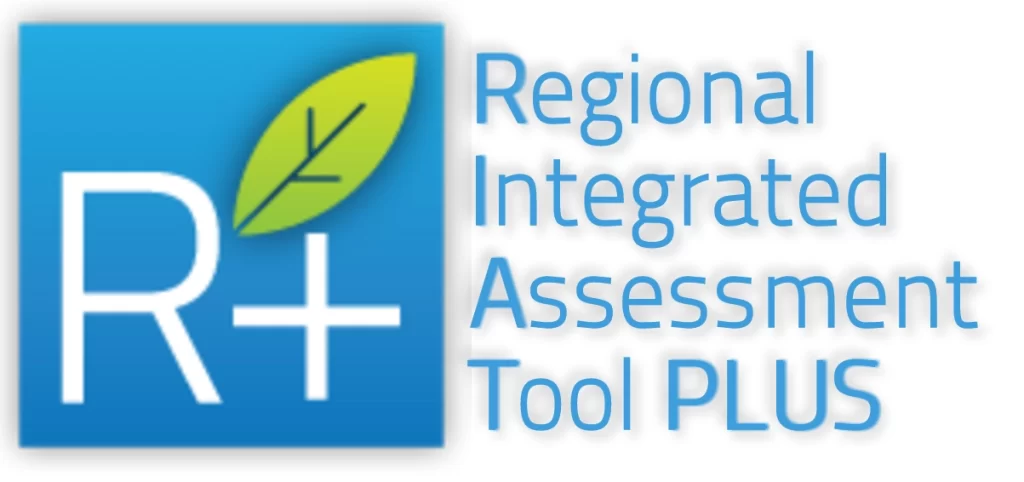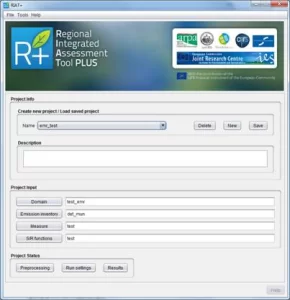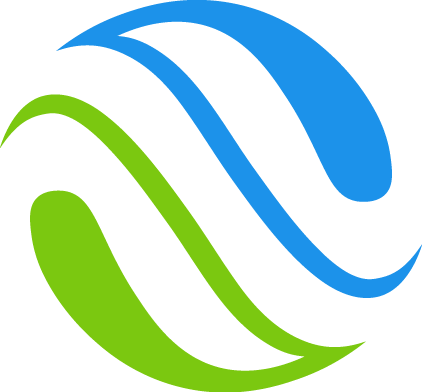Air quality: Operational Procedure for Emission Reduction Assessment
The OPERA project is a natural continuation and extension of the JRC-funded RIAT project in 2009 and aimed to provide regions with an operational tool and methodology to support local/regional authorities in the definition, implementation, and monitoring of air quality remediation plans aimed at reducing population exposure to PM10, PM2.5, NOX and O3 and ecosystem exposure to NOX e O3.
| Project: OPERA – Operational Procedure for Emission Reduction Assessment Project Type: EUROPEAN LIFE+ ENV/IT/000092 Budget: 2’301’010 Euros Duration: 2010 – 2013 Number and Partners involved: 5 project partners; Arpa Emilia Romagna (IT), University of Brescia (IT), CNRS – Centre national de la recherche scientifique (FR), Université de Strasbourg (FR), TerrAria srl (IT) Role: Partner Project website: operatool.terraria.com |
 |
The methodology makes it possible to identify the efficient set of technical and non-technical measures that should be encouraged or introduced to decrease concentrations of secondary pollutants (PM, ozone and NO2) while minimizing the costs of intervention. Two decision-making paths are envisaged: scenario analysis and optimization. The project led to the development of a software tool, RIAT+ (Regional Integrated Assessment Tool PLUS), which can support regional authorities in choosing effective policies. RIAT+ is a modular tool, developed with open-source technologies and a “user friendly” interface, which is efficient and exportable to any European region by isolating the specificities of the application domain in the input databases to the system.
The key inputs to the system are the regional emission inventory, measurement database, and source-receptor (S/R) models. These models are used to link emissions to an air quality index (AQI). To limit computational time, RIAT+ normally uses a nonlinear relationship identified by means of artificial neural networks (ANNs), tuned to replicate the results of a limited set of simulations performed by users with the site-specific calibrated deterministic air quality model.
The system allows a choice between two different decision paths: scenario analysis and optimization. The main outputs of RIAT+ consist of quantification of emission reductions over the domain, a table with the application rates for each technology used, a series of maps of the main air quality indicators (AQIs), and the Pareto Curve that provides the best efficient solutions that can be implemented at varying costs to be incurred (only in the case of optimization).
RIAT+ has been tested and applied in different European regions and with different specific goals:
- in Emilia-Romagna (IT) in “optimization” mode to evaluate the effectiveness of measures (both technical and non-technical) contained in the regional air quality plan (ADP);
- in Alsace (FR) in “optimization” mode to support the implementation of a regional action plan designed to identify the most effective technical and energy measures;
- in Lombardy (IT) in “scenario analysis” mode to assess the air quality costs and benefits of actions within the regional air quality plan;
- in Brussels Capital Region (BE) in “scenario analysis” mode to evaluate a set of measures effective in reducing emissions from traffic and home heating;
- in the Porto (PT) region in “optimization” mode to determine the most efficient measures to be applied in the Great Porto area and to be included within the air quality plan.
The OPERA project won the ‘Best LIFE Environment project‘ award. It was selected as one of the 22 best LIFE (Environment) projects among the 102 finished and evaluated in 2014 and among the 7 best LIFE information projects selected among the 15 finished and evaluated in 2014. The award ceremony took place in the same year in Brussels as part of Green Week.
THE ROLE OF TERRARIA
TerrAria was involved in the development of the RIAT+ application both as a graphical interface and by implementing ad hoc pre and post processors for input/output management and in particular the measurement database and the emission inventory. TerrAria also contributed to the definition of the methodology applied in RIAT+ and served on the Steering Committee.


